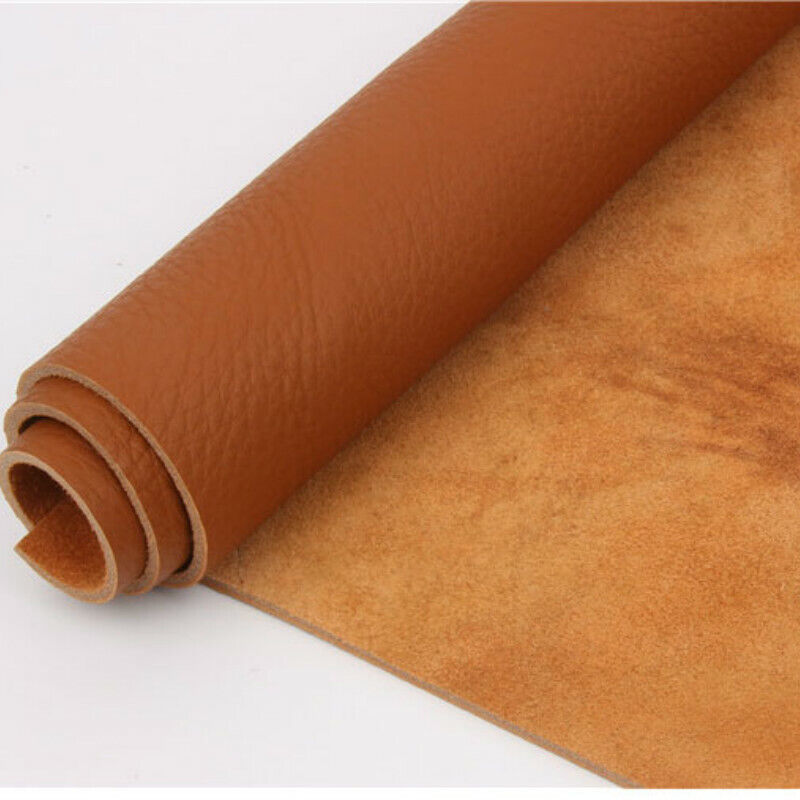Goat skin versus Lamb skin leather hides
Goat skin and lamb skin are two popular materials used to make leather hides. Both have unique properties and characteristics that make them suitable for different applications.
Goat skin leather is made from the hides of young goats and is known for its durability and toughness. This type of leather is often used for products that are subject to heavy wear and tear, such as shoes, belts, and bags. It is also more resistant to water and moisture than lamb skin leather. Additionally, goat skin leather is less expensive than many other leather options, making it a popular choice for products that need to be produced at a lower cost.


Lamb skin leather, on the other hand, is made from the hides of young lambs and is known for its softness and supple texture. This type of leather is often used for products that require a high degree of comfort, such as jackets, gloves, and hats. It is also often used for high-end fashion products due to its luxurious feel and appearance. Unlike goat skin leather, lamb skin leather is very delicate and requires careful handling to avoid damage.
When it comes to the appearance of the leather, goat skin can have a more rugged, textured look, while lamb skin is smoother and more uniform in texture. Both materials can be finished in a variety of ways to give them different looks, such as suede, embossed, or polished.



Below is a summary list that succinctly illustrates the differences between goat skin and lamb skin hides:
- Texture: Goat skin is generally thicker and more durable than lamb skin, which is softer and more supple.
- Durability: Goat skin is more resistant to wear and tear and is better suited for products that will be subject to heavy use, such as shoes or bags. Lamb skin is more delicate and may be more suited for products that require a luxurious feel, such as gloves or hats.
- Cost: Goat skin is generally less expensive than lamb skin due to its toughness and wider availability.
- Appearance: Goat skin can have a more rugged, textured appearance, while lamb skin has a smoother, more uniform texture.
- Water resistance: Goat skin is more water-resistant than lamb skin, making it a better choice for products that will be exposed to moisture.
- Uses: Goat skin is commonly used for products that require durability and toughness, such as shoes, belts, and bags. Lamb skin is commonly used for products that require softness and comfort, such as jackets, gloves, and hats.
- Finishing: Both goat skin and lamb skin can be finished in different ways to give them different looks and feels, such as suede, embossed, or polished.



In conclusion, both goat skin and lamb skin have their own unique properties and uses. The choice between them will depend on the specific application and the desired properties of the final product, such as durability, softness, and cost.


 Email App
Email App
No Comments